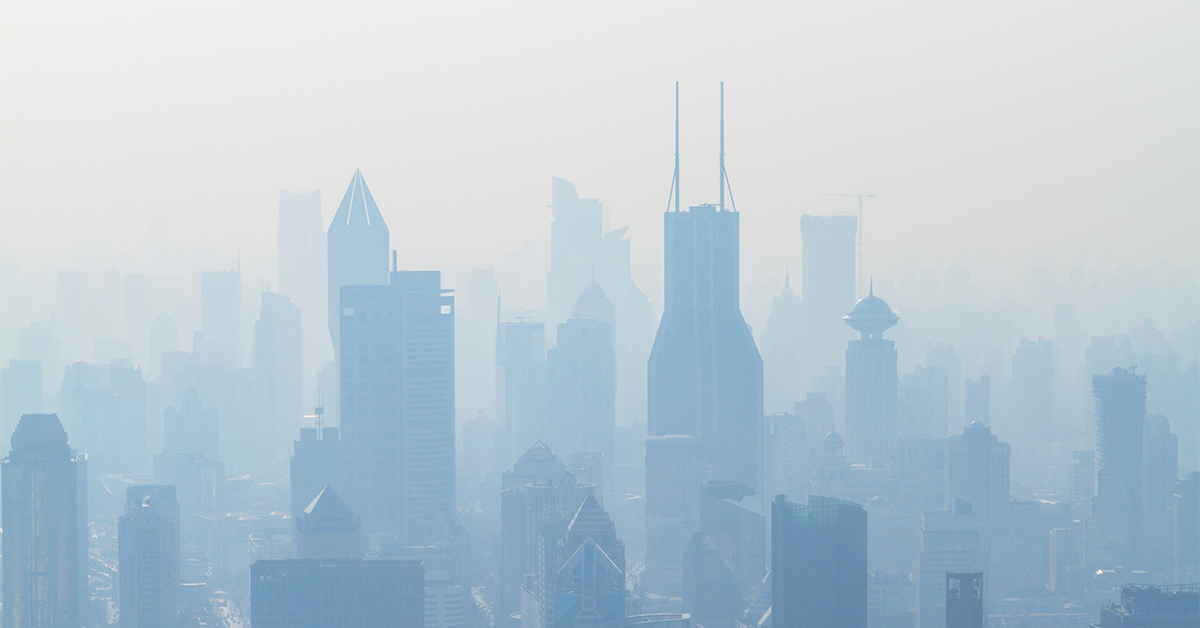
Photo by Holger Link on Unsplash
Research set to be presented at a meeting of the American Chemical Society has revealed that the grime typically found on building walls in advanced countries can be ‘activated’ by sunlight to release harmful nitrogen oxide compounds that spur smog creation.
Two field studies conducted in Leipzig, Germany, and Toronto, Canada showed that urban grime, a mixture of thousands of chemicals coming from exhaust pipes, factories and a range of other sources, sticks to building walls and traps nitrogen oxides inside, releasing them into the atmosphere when hit by direct sunlight. Once released in the atmosphere, these compounds combine with other air pollutants and produce ozone, the main ingredient of smog. Ozone is good high above the Earth’s atmosphere, but not trapped underneath the clouds.
“The current understanding of urban air pollution does not include the recycling of nitrogen oxides and potentially other compounds from building surfaces,” says James Donaldson, Ph.D. “But based on our field studies in a real-world environment, this is happening. We don’t know yet to what extent this is occurring, but it may be quite a significant, and unaccounted for, contributor to air pollution in cities.”
The results from the studies showed significant differences. Leipzig seemingly has 20 times more grime on its buildings than Toronto, which means 20 times more recycling of nitrogen oxides into the local atmosphere.
The findings were not conclusive enough to confirm that grime is a major contributor to smog formation, which led the team of scientists to consider new studies in “really grubby” and “really clean” environments, to obtain more-contrasting outcomes. However, the results are indicative that grime indeed contributes to urban pollution, even if by a small margin.
Smog was originally described in the early 20th century as smoky fog, where the smoke would stem from coal burning. Modern smog isn’t very different, but its main cause is the automotive industry – exhaust coming from burning gasoline. In some cities, such as Beijing, the smog is sometimes so thick that people are forced to wear masks on the street. Smog is usually very toxic and can cause severe sickness, and even death.
Post A Reply